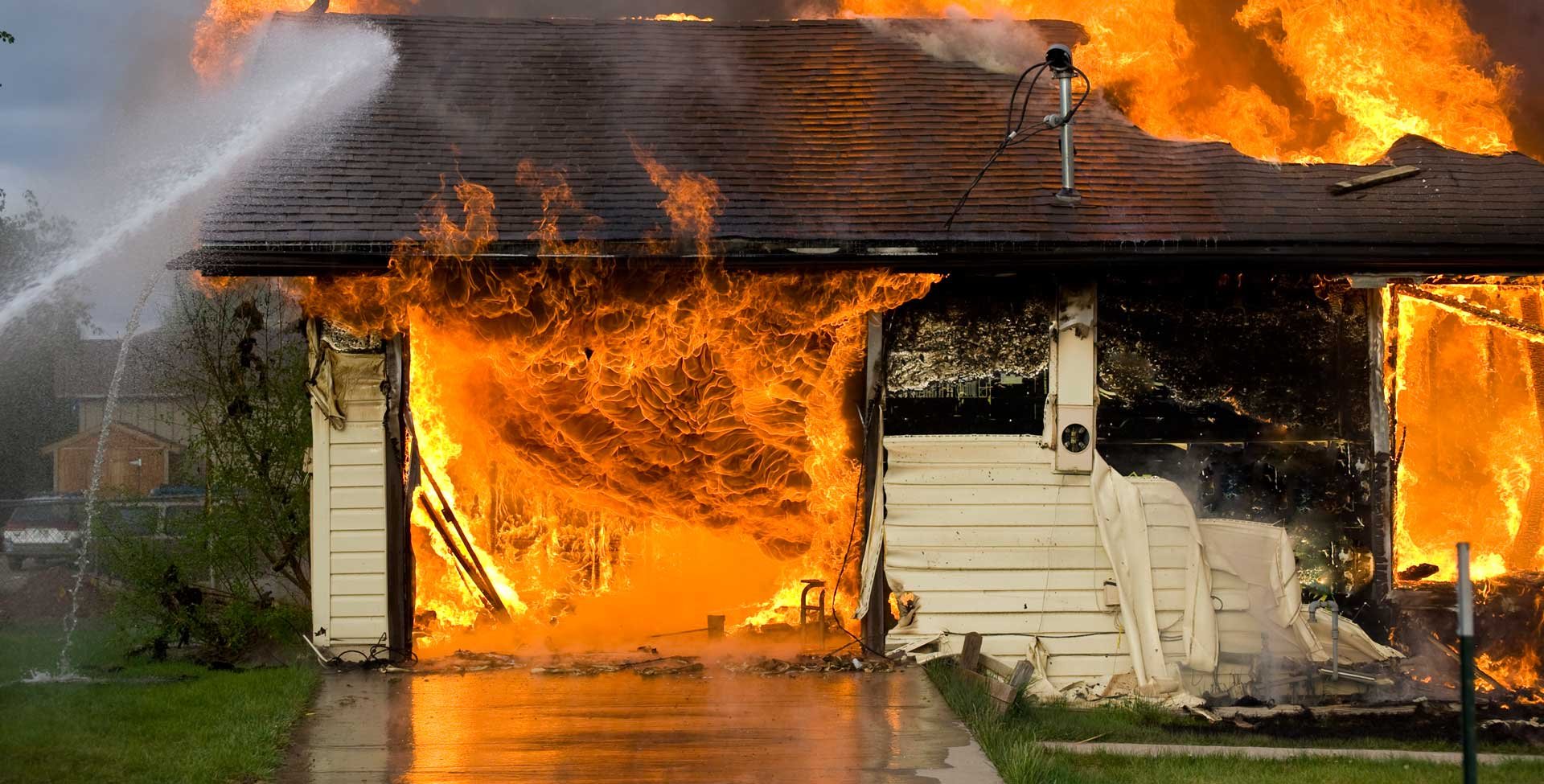Not known Details About Dry Star Restoration
Not known Details About Dry Star Restoration
Blog Article
Dry Star Restoration Things To Know Before You Get This
Table of ContentsGet This Report on Dry Star RestorationThe smart Trick of Dry Star Restoration That Nobody is DiscussingThings about Dry Star RestorationThe Ultimate Guide To Dry Star RestorationThe 8-Minute Rule for Dry Star Restoration
Within minutes, the kitchen area was ablaze, triggering comprehensive damage and requiring months of restoration job. Particularly in winter months, home heating systems are a typical fire danger. Faulty circuitry or positioning heating units as well near flammable materials like drapes can spark a fire. Constantly maintain heating units away from anything that can melt and inspect them regularly.
Products like electric motor oil or cleansing liquids can fire up under certain conditions. Always shop these things correctly and away from heat resources. emergency water damage cleanup. Statistics: According to the National Fire Protection Organization, family chemicals are accountable for a significant portion of home fires yearly. By understanding these common reasons, you can take steps to make your home much safer.
Some Ideas on Dry Star Restoration You Need To Know

Trick problems consist of: Water Breach: Water can leak right into wall surfaces, floors, and furnishings. This can compromise the architectural integrity of your home. Mold Development: If water is moist quickly, mold and mildew can begin to expand within 24-48 hours. Mold can trigger health concerns and additional damage to your residential property. Structural Weakening: Water can compromise wooden frameworks and cause metal parts to rust, making your home unsafe.
Next, we will dive right into the steps included in the fire damages repair procedure. Fire repair is the process of cleaning, fixing, and restoring a residential property that has actually been harmed by fire.
Dry Star Restoration Can Be Fun For Everyone
Debris Elimination and Demolition: Damaged materials are safely gotten rid of, and any type of hazardous compounds like asbestos are managed suitably. Fire damages incorporates several types of harm to a building: Physical Damages: This includes charring, blackening, and disintegration of products directly impacted by the fire.
Water Damage: Water used to snuff out the fire can cause architectural weakening and mold growth if not properly handled. Fire remediation specialists make use of specialized strategies and equipment to resolve all these kinds of damages, guaranteeing the home is safe and habitable once more. Next, we will dive right into the steps associated with the fire damages restoration process.
From advanced water removal devices to specialized devices for smoke and residue elimination, we have actually the sources needed to restore your building to its pre-loss condition. Our strategies are designed to be thorough and effective, reducing further damage and accelerating the recuperation procedure. Our team includes licensed service technicians who are specialists in fire damage restoration.
Some Ideas on Dry Star Restoration You Need To Know
Their competence makes sure that every task is done right, supplying you with peace of mind during a challenging time. We're right here to assist you restore your home and your life after Web Site the fire.
(https://justpaste.it/bnyc5)If there's a fire, smoke makes certain to follow. While the fire's smoke is made up of elements that make your home harmful to be in, the damages smoke leaves does not quit there. Smoke will drift to seemingly every part of your home, adhering to furniture, decoration, drapes, wall surfaces, ceilings, floorings, and a lot more.
The water will certainly saturate right into the charred materials and infected other locations of the home unaffected by the fire. If left untreated or missed during fire damage restoration, the water damages will only worsen with time and can bring about mold development, safety and security issues for your home's structure, and unpleasant looks around your space, including warped floor covering, peeling paint, and noticeable stains.
An Unbiased View of Dry Star Restoration
Water mitigation is commonly the primary step of the fire, smoke, and water damage remediation procedure after a damage control has been completed. This deals with the water damage head-on and consists of steps to avoid more troubles for your area before, throughout, and after remediation. Evaluation and damage control to examine the level of water damageIsolation of water damage to affected locations to forbid water from infecting completely dry areasInspection of your home's structure for structural stabilityExtraction of any kind of standing water from the propertyStructural drying out with commercial-grade equipmentSite clean-up that will certainly remove particles, pack out salvageable content for repair, and give way for reconstruction servicesWe'll also complete additional damages mitigation by boarding up busted windows and doors, using tarps to holes in roof coverings, and completing various other actions to avoid added damage and risks to your home while the repair work are happening.
The majority of terms and descriptions used by water and fire damage repair contractors are relatively obvious. However, the checklist of terms listed below should be of assistance when you're connecting with the business you have actually employed. Any action taken to prevent the growth and spreading of fungi, mold, mildew, and spores. This can consist of making use of solvents or chemicals as ingredients or obstacles on building products to stop fungi development.
Report this page